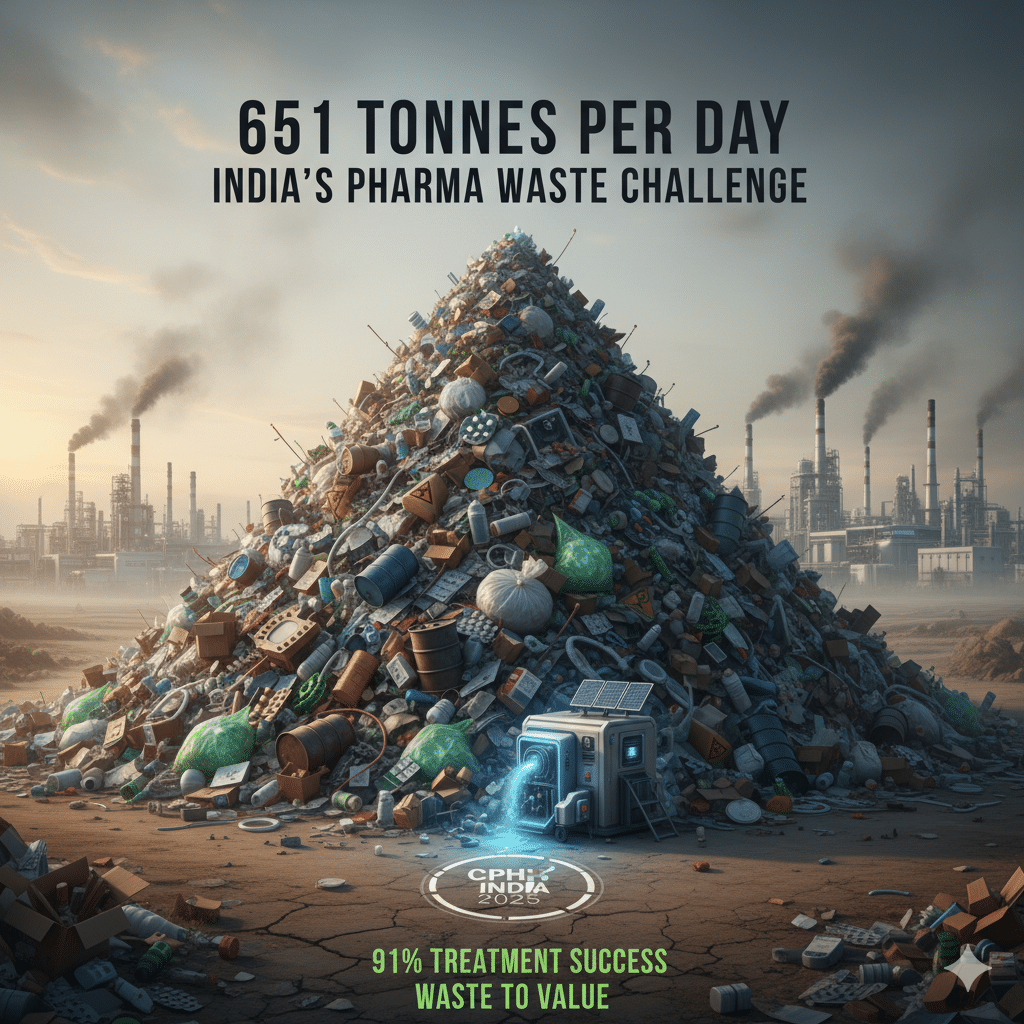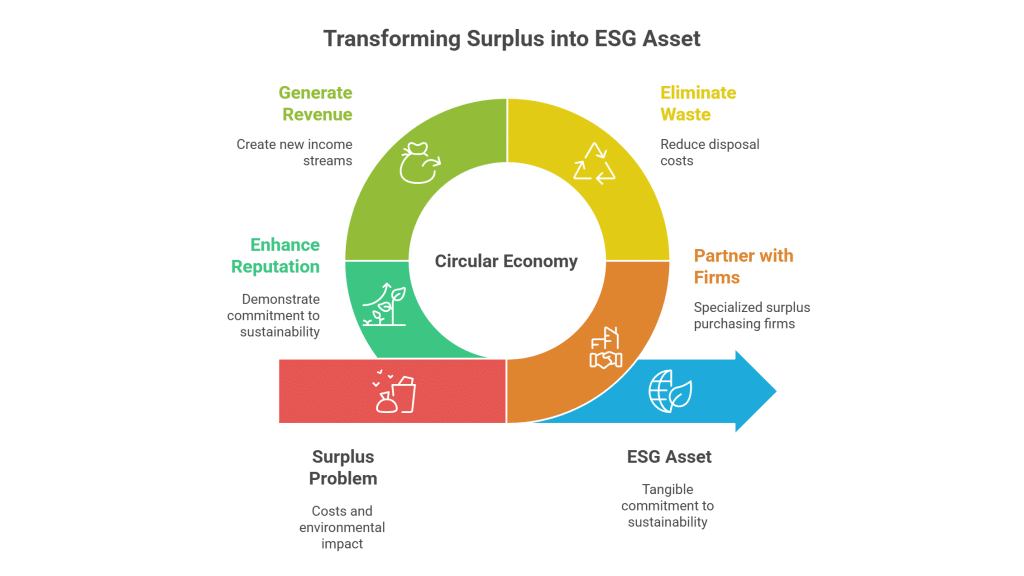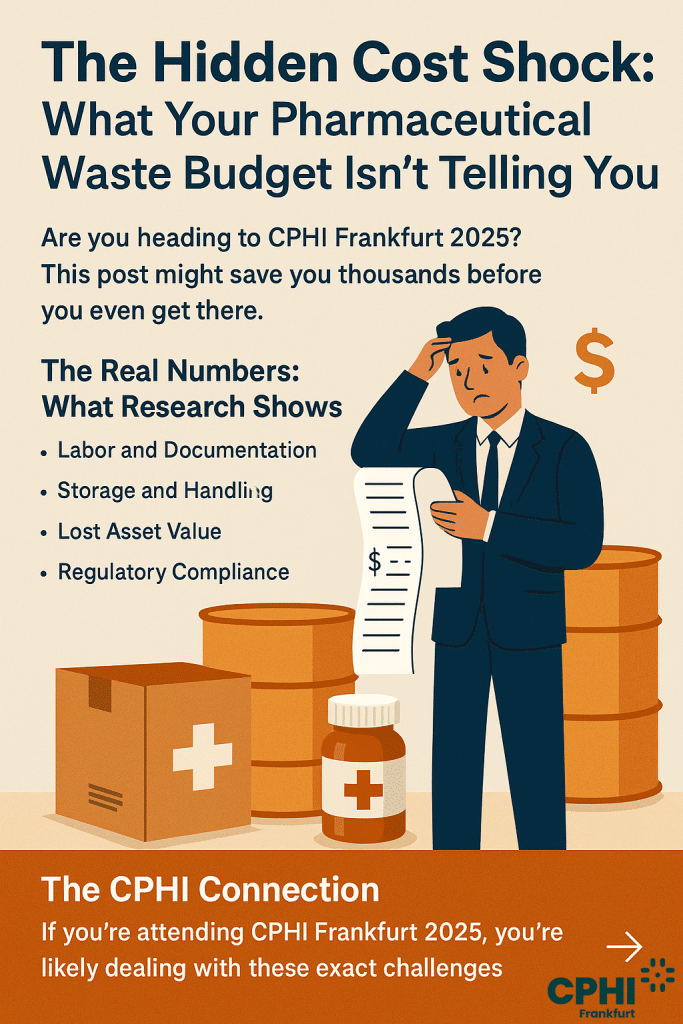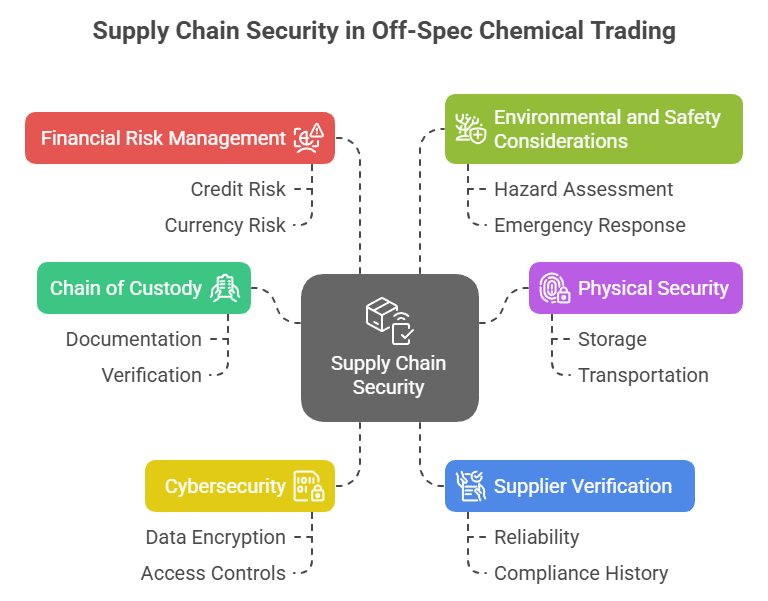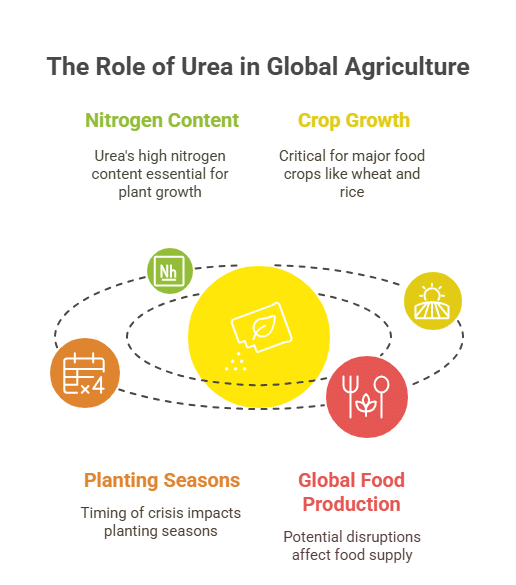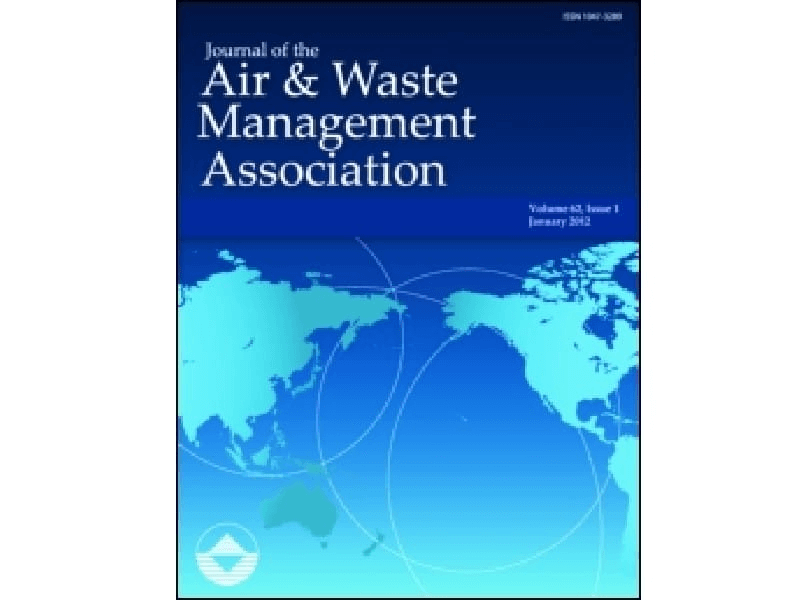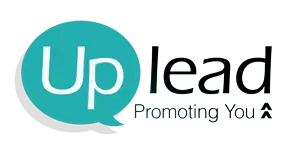Maximizing the Value of Surplus Zinc Oxide in Pigments & Adhesives/Coatings
Zinc Oxide is a versatile inorganic compound widely used as a pigment and adhesion enhancer in the pigments and adhesives/coatings sector. Known for its excellent UV filtering capabilities, high refractive index, and durability, Zinc Oxide plays a critical role in ensuring the longevity and performance of coatings. Excess inventory of this specialty chemical can accumulate due to overproduction or shifts in formulation strategies, posing storage and disposal challenges. Recognizing its value even as surplus means companies can repurpose what might otherwise be wasted stock into a strategic asset, fueling industry innovations and meeting strict quality standards.
Surplus Zinc Oxide in Pigments & Adhesives/Coatings - Unlock Value & Sustainability
The marketplace for surplus chemicals, especially Zinc Oxide, offers a win-win scenario for both buyers and sellers. Manufacturers can benefit from freeing up storage space, recovering costs, and mitigating disposal expenses, while buyers enjoy cost savings, consistent quality, and a reliable supply source. Additionally, trading surplus materials fosters sustainability and environmental responsibility by reducing waste and hazardous disposal. Companies not only avert the high costs and regulatory penalties associated with surplus disposal but also often generate revenue by monetizing excess inventories. This efficient reuse supports greener industrial practices, aligning with tighter environmental regulations and modern corporate responsibility benchmarks.
Zinc Oxide in the Pigments & Adhesives/Coatings Sector
Buyers in this sector experience substantial benefits by sourcing surplus Zinc Oxide, including reduced procurement costs, assurance of consistent quality, and the opportunity to integrate a proven component into innovative product lines. This reliable sourcing method also supports agile response to fluctuating market demands and tightens the supply chain by providing ready access to a critical material at competitive rates.
For sellers, liquidating surplus Zinc Oxide inventory translates into immediate cash recovery, decrease in storage and handling costs, and mitigation of potential environmental liabilities. By converting excess chemicals into revenue, companies can also invest more in research and development, improving overall competitiveness within the pigments and adhesives/coatings market. This transaction not only enhances financial health but also aligns with sustainable practices by reducing waste.
Table of Contents
Transforming Surplus Zinc Oxide into a Competitive Asset
A leading coatings manufacturer recently faced an inventory surplus of high-quality Zinc Oxide due to changes in their production schedule and formulation adjustments. Rather than incur exorbitant storage and disposal fees, the company decided to divert the excess stock into a secondary market platform. By doing so, they successfully converted a potential liability into a substantial revenue stream. This proactive approach not only mitigated environmental risks associated with unused chemicals but also enabled them to reinvest in R&D initiatives. The result was a stronger supply chain, reduced waste, and the creation of new business opportunities—proving that surplus can indeed be a strategic advantage in a competitive market.



